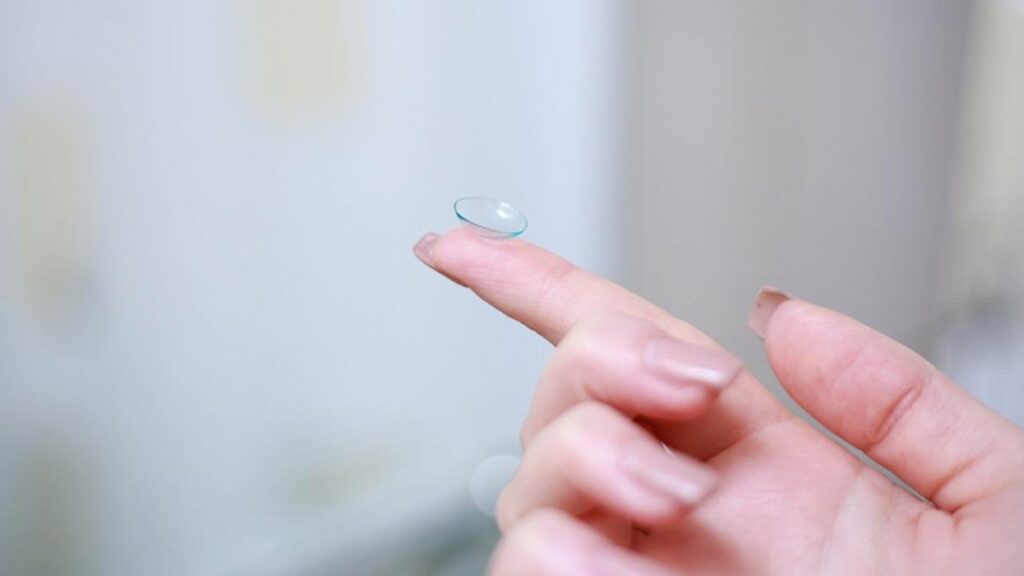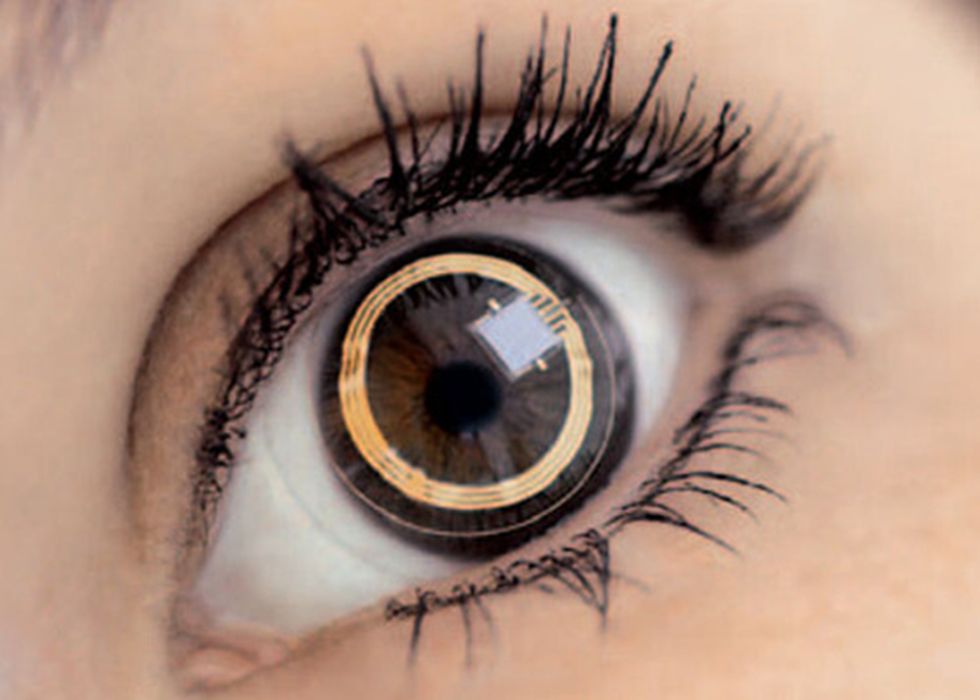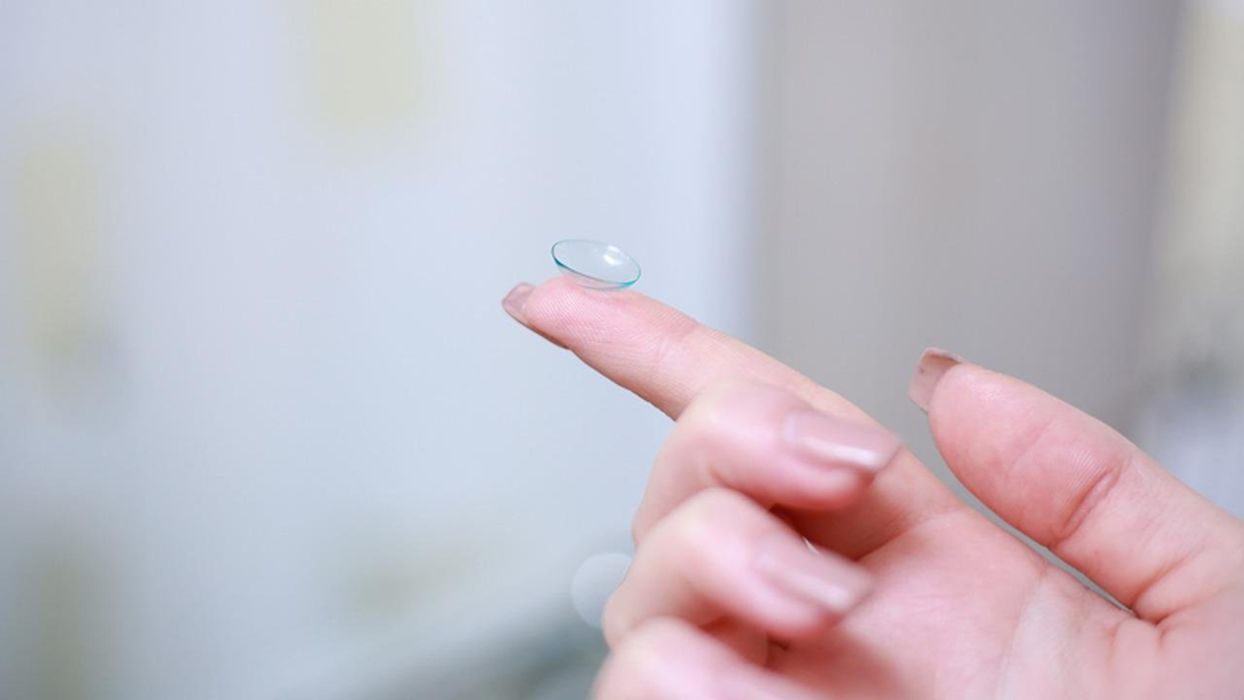
Charles R. Goulding and Julia Wallace look at the use of 3D pritning to produce contact lenses, including advanced experimental lenses for augmented reality applications.
3D printing has been used in optometry for some time now. A patent was issued first issued in 2015 for printing glasses lenses this way, and contact lenses are frequently produced through additive manufacturing. Now, technology is taking a step further. Some companies and researchers are integrating augmented reality into their printed lenses.
LED Display in Lenses
In 2014, researchers at the University of Washington announced that they had created a contact lens that had an LED display built into it, which was made used with a 3D quantum dot LED printer. Their prototype has only one pixel of information and requires lots of power in order to work, but it does work. Unfortunately, the process was incredibly expensive, but it is a promising start in expanding the technology of smart contact lenses.
Augmented Reality in a Lens

Mojo Vision has been working on their augmented reality contact lenses that it calls Mojo Lens (Luxexcel has been developing a similar product, integrating smart glasses technology with prescription glasses lenses using additive manufacturing).
The prototype has many features of a smartphone embedded in the lens, including Wi-Fi connectivity, and these features are navigated via eye movements and focusing on different parts of the display. This lens can display 14,000 pixels per inch using a micro-LED display. Its purpose is to provide information relevant to what the user is doing at that time, such as golfing or biking, and Mojo Vision is partnering with different sporting companies to improve the software as it continues work on the prototype.
The Research & Development Tax Credit
The now permanent Research and Development (R&D) Tax Credit is available for companies developing new or improved products, processes and/or software.
3D printing can help boost a company’s R&D Tax Credits. Wages for technical employees creating, testing and revising 3D printed prototypes can be included as a percentage of eligible time spent for the R&D Tax Credit. Similarly, when used as a method of improving a process, time spent integrating 3D printing hardware and software counts as an eligible activity. Lastly, when used for modeling and preproduction, the costs of filaments consumed during the development process may also be recovered.
Whether it is used for creating and testing prototypes or for final production, 3D printing is a great indicator that R&D Credit eligible activities are taking place. Companies implementing this technology at any point should consider taking advantage of R&D Tax Credits.
Conclusion
As AR continues to grow in popularity, it should continue to grow in accessibility. 3D printing has proven useful for this technology being integrated into prescription glasses and could prove useful in projects such as Mojo Vision’s Mojo Lens, combining the results from the University of Washington’s research and Luxexcel’s 3D printed smart glasses.

